I began collecting cameras at the age of eleven, and I have fond memories of sitting on a beanbag with an ice block in one hand and a copy of the McKeown’s guide in another. I’d flick through the pages, looking at the weird and wonderful cameras within. One of the cameras I particularly remember seeing was the Marshal Press. It looked strange, enticing and completely outside my budget of $35 New Zealand Dollars! Since then, I have collected and used many different cameras. I’ve loved them all- especially the ones which cost only $35 New Zealand Dollars. But this year I took the plunge and bought a Marshal Press. Eleven-year-old me would have been ecstatic. It so happens that 29-year-old me is happy as well.
The Marshal Press was a professionals’ camera first released in 1966. It was a 6×9 medium format press camera at a time when the press were adopting 35mm SLRs which may explain why they aren’t often seen these days. Looking at its imposing size I feel that the Marshal was made for press conferences and ‘red carpet’ style photography more than ‘field work’, but that would depend on the individual photographer.
Stranger still, this is the only camera Marshal ever made! The company was founded by Mr. Mamiya Seiichi, co-founder of the well-known Mamiya Optical Works. It was rumoured that he founded Marshal because he didn’t like the quality of Mamiya’s own lenses (which is why the Marshal Press sports a nice Nikkor-Q) but this is unconfirmed. The camera has design cues from the old Mamiya Six folding cameras and C-Series TLRs.
Designed as a ‘no-frills’ option for the professional on a budget, the Marshal Press lacks interchangeable lenses but used a pair of two telephoto adaptors. The giant viewfinder can adjust its field of vision for all three focal length options and has parallax correction. It has a B, 1-500 Seiko shutter, a coupled rangefinder and the ability to use 220 film (if you buy one, make sure the pressure plate for 120 is included!) Two accessory shoes are a nice touch for a professional camera. Despite the ‘Press’ name, you won’t find any front or rear movements or interchangeable backs, so it is not a technical camera. An old French advertisement shows it priced next to a Horseman and Linhof press camera which shows you the market Marshal was aiming for.
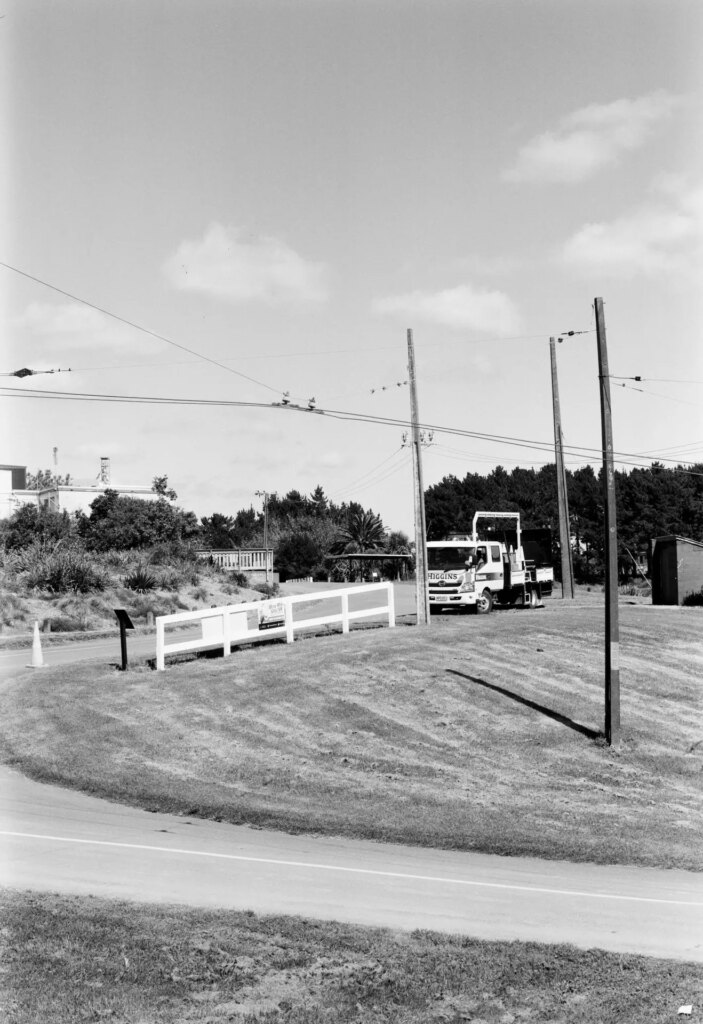
What is it like to use?
The first thing you notice when using the camera is its quality. I’d say it was built like a tank, but such a cliché may just overestimate the armour of tanks. The Marshal has some quirks – the shutter must be manually cocked and focusing with a rear mounted thumb wheel takes some getting used to, but this camera really is wonderful to use. Just look out for the lens – unlike many other press cameras there is no folding mechanism to protect it.
If you think of it less as a press camera and more of an eye-catching, professional alternative to a 6×9 folder you may just get the appeal of this camera. One of the reasons I was inspired to write this article came from the near complete lack of information about this it online. The poor Marshal really does deserve more attention!
These photos came from the second roll of film I ran through the Marshal Press, and the first roll of black and white. It is taken in Foxton, New Zealand and shows the town’s old tramlines being removed. The black lines around some of the images were a scanning error- the camera itself performed well! I used Cinestill XX film to make these photographs.
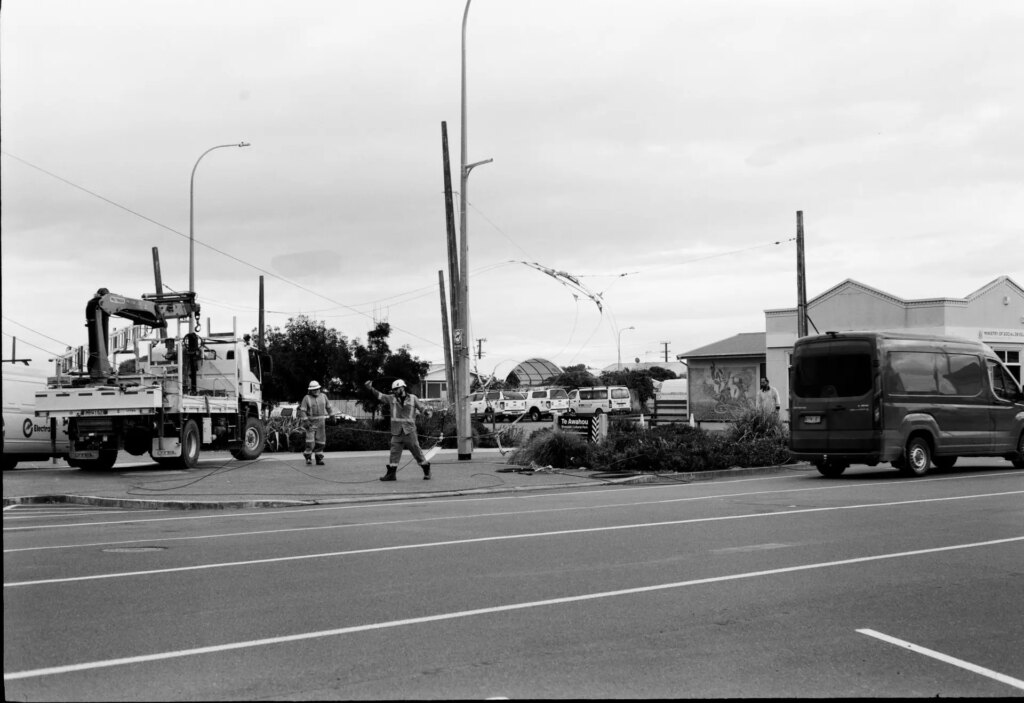
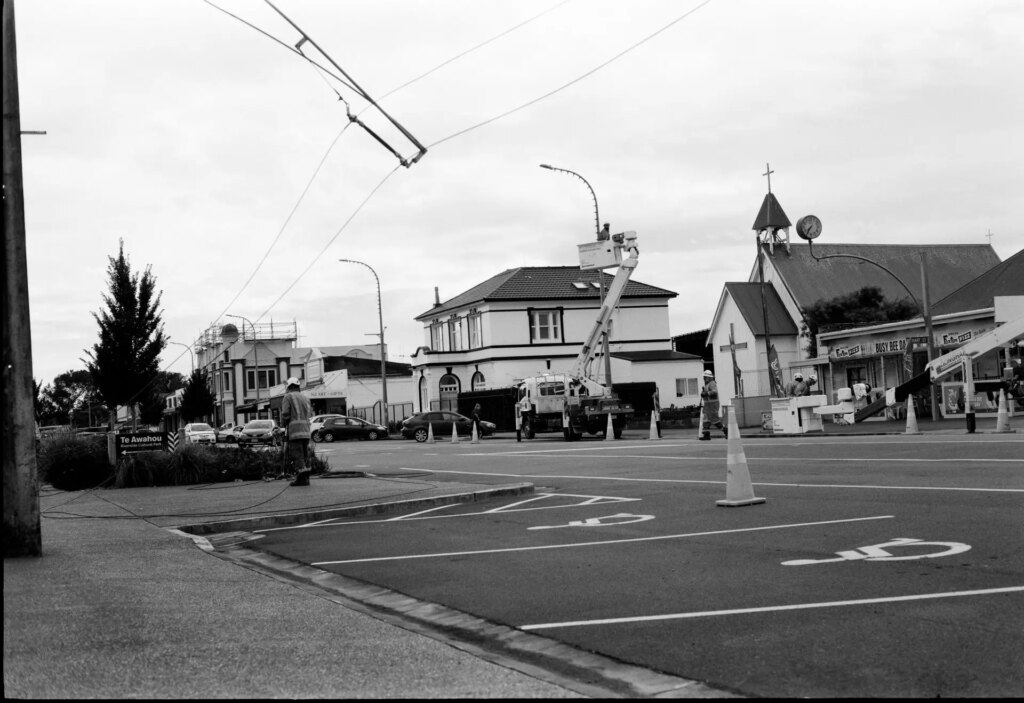
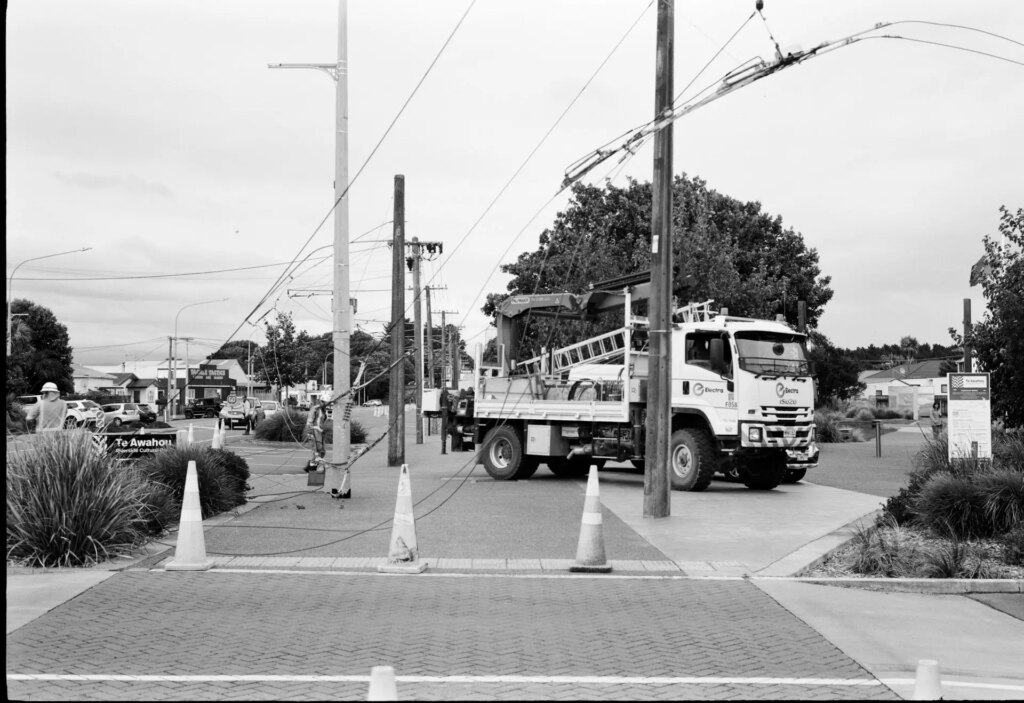
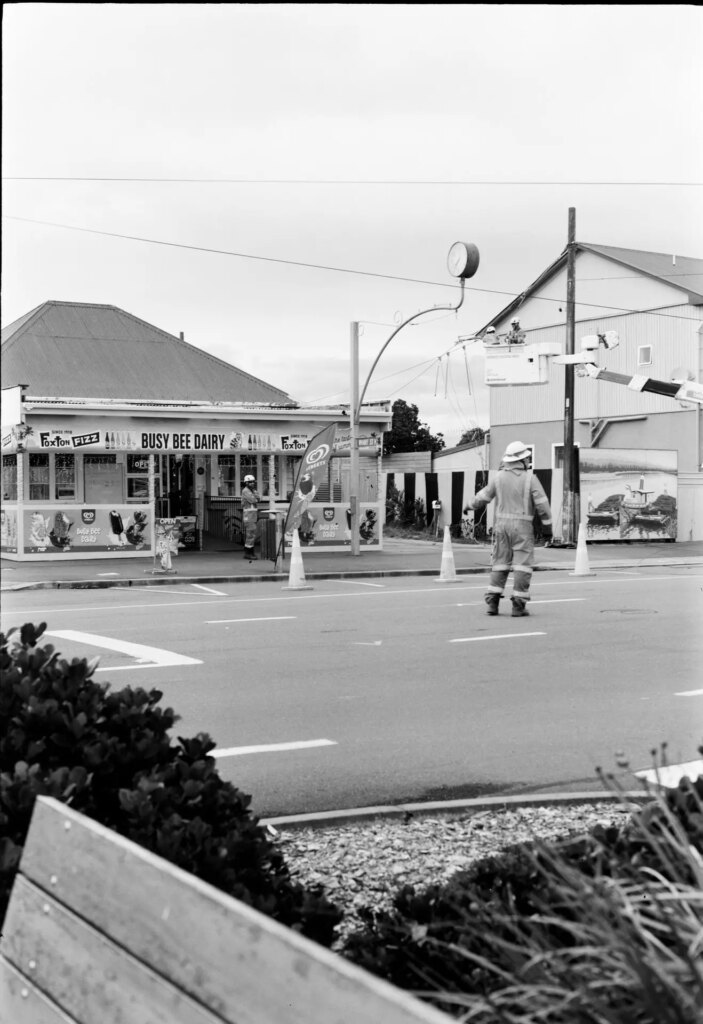
The Marshal attracts its fair share of attention when used! I have been using it to make ‘picture stories’ for the local paper. It may be fifty-eight years old, but it still lives up to its name! McKeown’s guide states that it was more popular in Japan than abroad, and most of the ones for sale on the big auction sites come from Japan. If you can find one for a good price, they are well worth using.
Share this post:
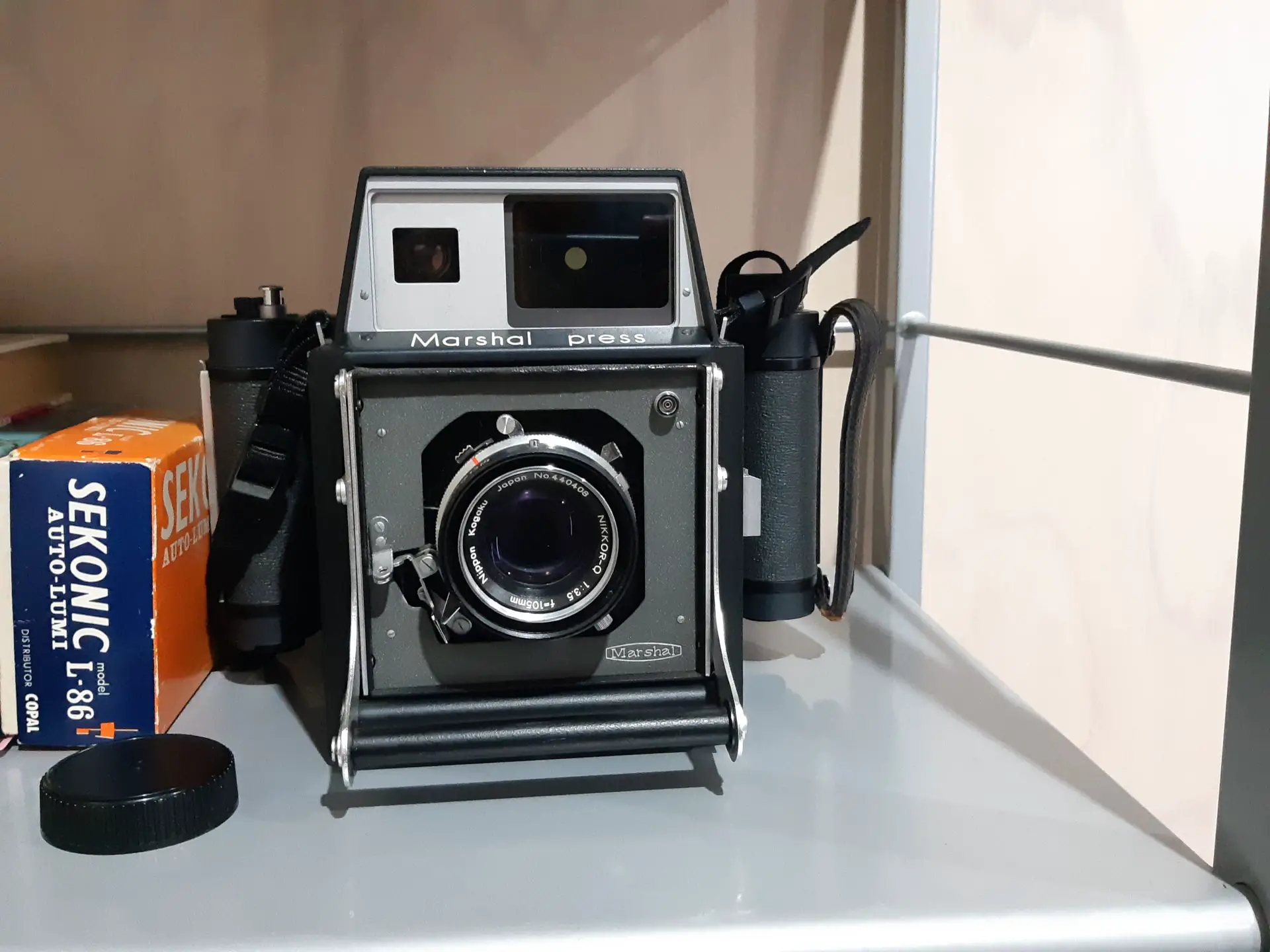








Comments
Mike on Marshal Press – A 5 Frame Mini-Review with CineStill XX
Comment posted: 19/07/2023
Comment posted: 19/07/2023